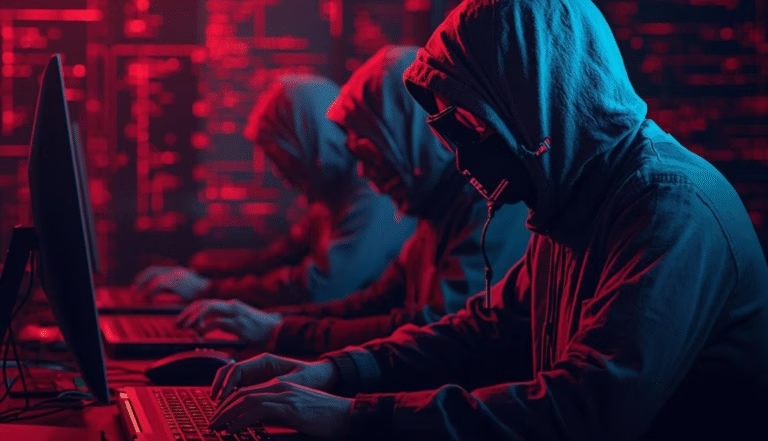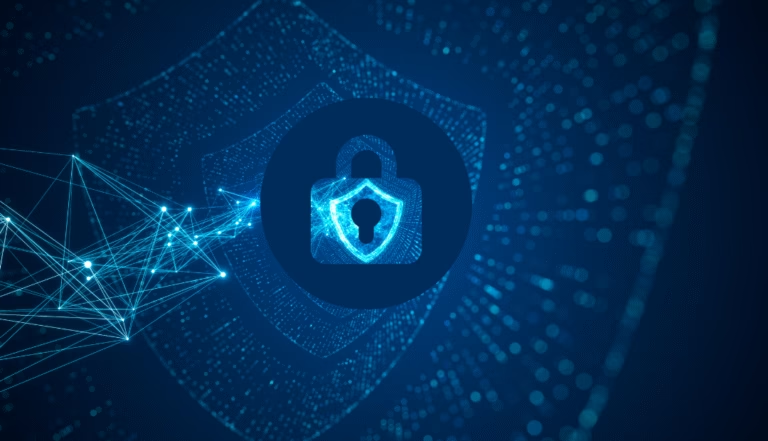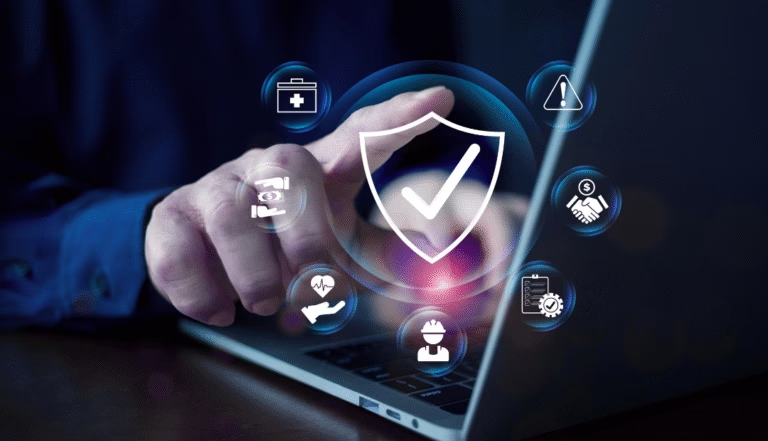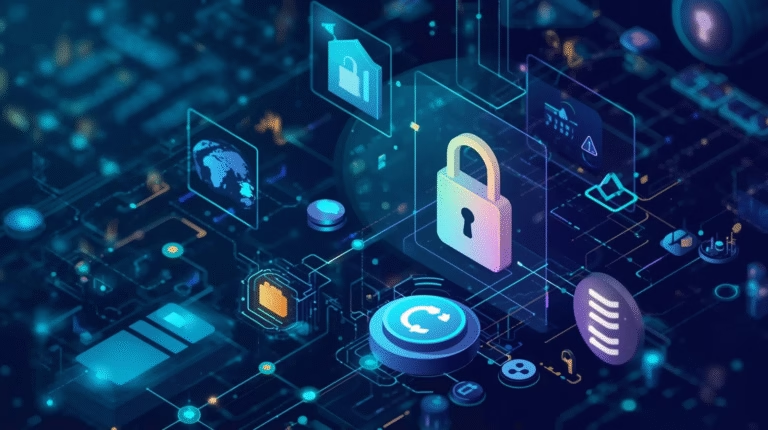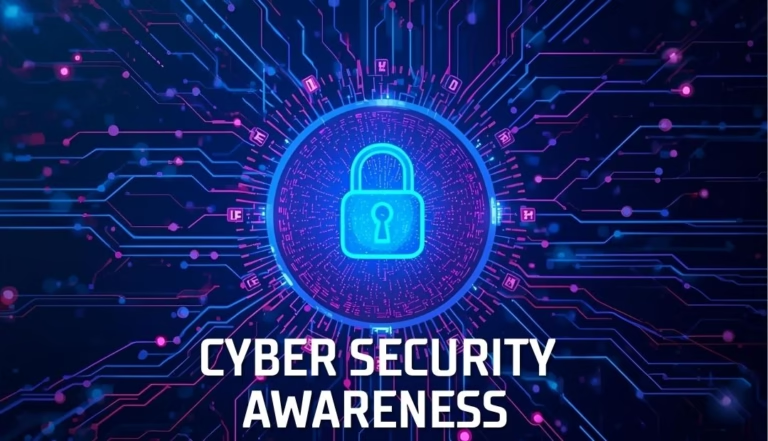Table of Contents
Pages
- About Us
- Vulnerability Assesment & Penetration Testing
- UAE Data Privacy
- KSA PDPL implementation and Fines
- Continuous Monitoring in Cybersecurity | Cyber Security Monitorring
- Empower Your Business with VCISO Services
- Soc Services
- Cyber Technology
- Security Assessments
- Audit and Compliance
- service
- India
- Cyber Security Framework SAMA
- Training & Skill Development
- Australia
- NESA Audit
- SOC2 Audit
- UAE
- Qatar
- Saudi Arabia
- Geographies
- Privacy Policy
- Penetration Testing
- Managed SOC Services
- Threat Hunting
- Dubai Computer Forensics
- Malware Analysis
- Cloud Security
- Incident Handling And Monitoring Services
- Red Team Assessments
- Mobile Application Audits
- Data Privacy
- ISO 27001
- Cyber Security Expert
- Vulnerability Assessment
- Application Security Auditing
- PCI DSS Compliance
- Privacy Policy-old
- Contact
- Blog
- Home
Categories
- What is Cyber Security?
- Web Application Security Auditing
- Web Application Security
- Web Application Firewall
- Web Apllications Security
- wapt
- Vulnerability Testing and Penetration Testing
- Vulnerability Scanning
- vulnerability assessment and penetration testing
- vapt
- Useful
- Uncategorized
- UAE Cyber Security Company
- top cyber security companies in the UAE
- Top 10 GRC Tools
- SOC UAE
- SOC 2 Certification Cost
- Security
- Red Teaming Services
- Red teaming
- Privacy
- Pentest
- Penetration Testing
- PCI DSS Stands for
- PCI DSS Purpose
- PCI DSS Compliance
- PCI DSS
- News
- new tech
- Most Popular SIEM Tools
- Managed Security Services Provider
- ISO 27001 Consultants in UAE
- ISO 27001 Compliance in the UAE
- General
- cybersecurity regulation
- Cybersecurity
- cyber sercurity firm
- Cyber Security UAE
- Cyber Security Specialist
- Cyber Security Services
- Cyber Security Near Me
- cyber security master
- Cyber Security Jobs in Dubai
- Cyber Security GRC
- Cyber Security Expert
- cyber security course
- Cyber Security Consultant
- Cyber Security Company in Dubai
- Cyber Security Company Dubai
- Cyber Security Company
- Cyber Security Companies
- Cyber Security Basic
- Cyber Security Awareness
- Cyber Security
- Compliance
- Application Penetration Testing
- AI-Powered Cybersecurity
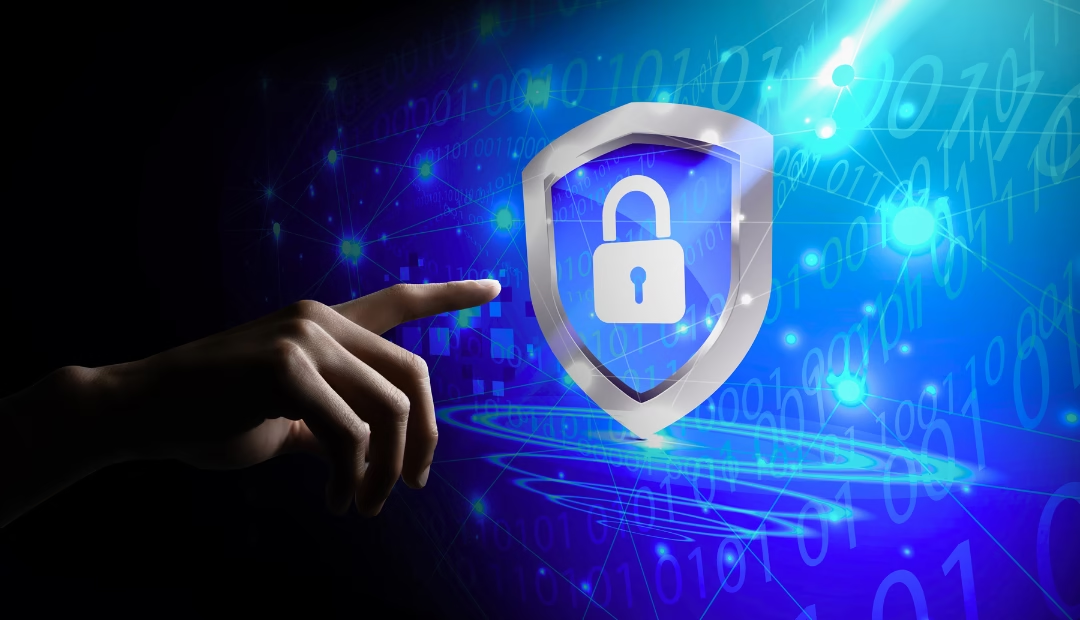
Become a Cyber Security Master | Advance Your Career
Become a Cyber Security Master | Advance Your Career
Eshield IT Services helps students in the United Arab Emirates map a clear path from study to work. We guide your choice of degree and show how to turn education

Elevate Your Defenses with Our Professional Red Teaming
Elevate Your Defenses with Our Professional Red Teaming
Modern organizations face a constant barrage of sophisticated digital threats. Protecting sensitive data and ensuring business continuity requires a proactive security stance. Traditional measures are often reactive, leaving critical gaps

Credential Stuffing Attacks Explained: How Attackers Exploit Leaked Passwords at Scale
Credential Stuffing Attacks Explained: How Attackers Exploit Leaked Passwords at Scale
Introduction Every day, millions of usernames and passwords circulate quietly on the internet. Most of them come from past data breaches that users have already forgotten about. However, attackers never
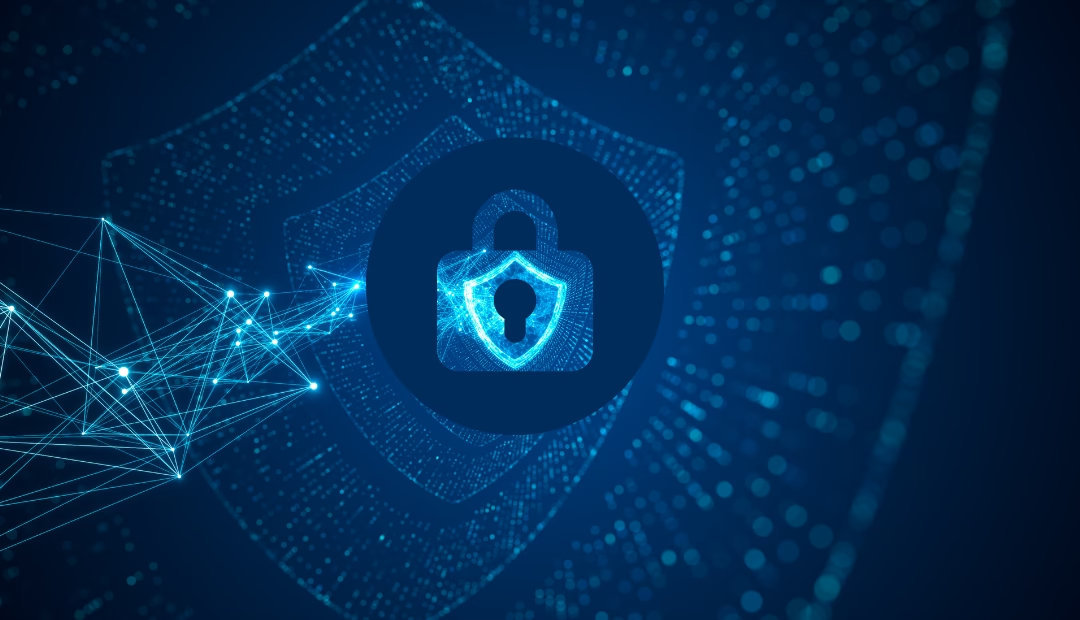
How AI-Powered Scams Are Changing Digital Trust in Modern Cities Like Dubai
How AI-Powered Scams Are Changing Digital Trust in Modern Cities Like Dubai
Introduction Digital trust has become the foundation of modern cities. From online banking and smart government services to ride-hailing apps and digital payments, people rely on technology every day without
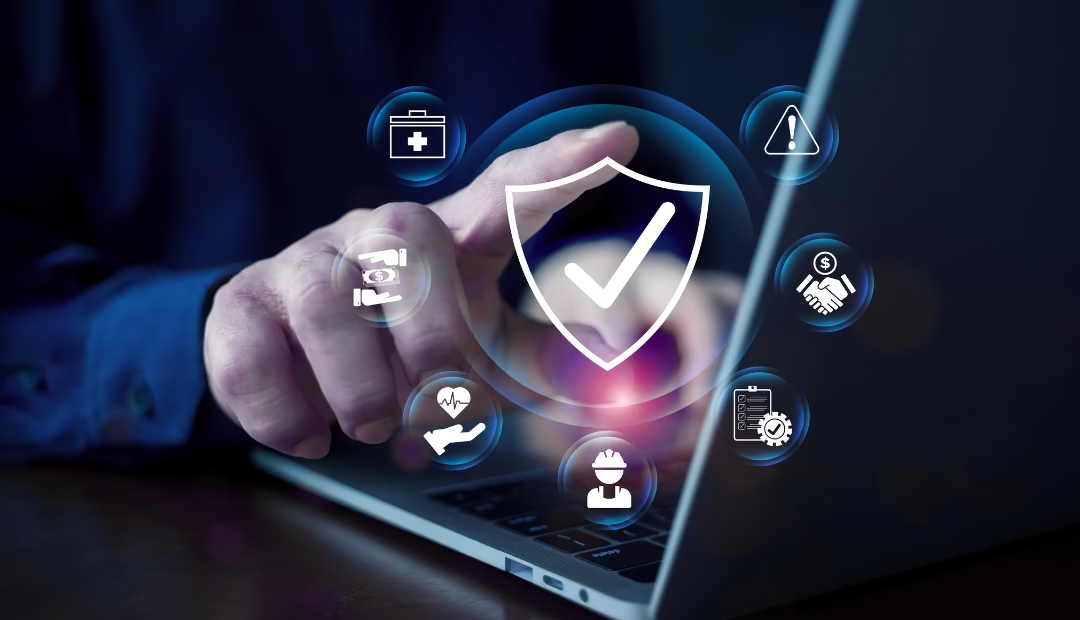
Protect Your Data with Dubai’s Leading Cyber Security Experts
Protect Your Data with Dubai’s Leading Cyber Security Experts
Are your data, cloud workloads, and digital infrastructure really ready for the ransomware spike now affecting the UAE? Ransomware attacks rose 32% in 2024, and that shift raises the risk
In today’s digital landscape, understanding and effectively implementing cybersecurity measures have become paramount for organizations of all sizes. Among the many frameworks available to enhance cybersecurity posture, the National Institute of Standards and Technology (NIST) Risk Management Framework (RMF) stands out as a comprehensive guide for managing cybersecurity risks. This article delves into the intricacies of navigating the NIST RMF to bolster information security and safeguard critical assets.
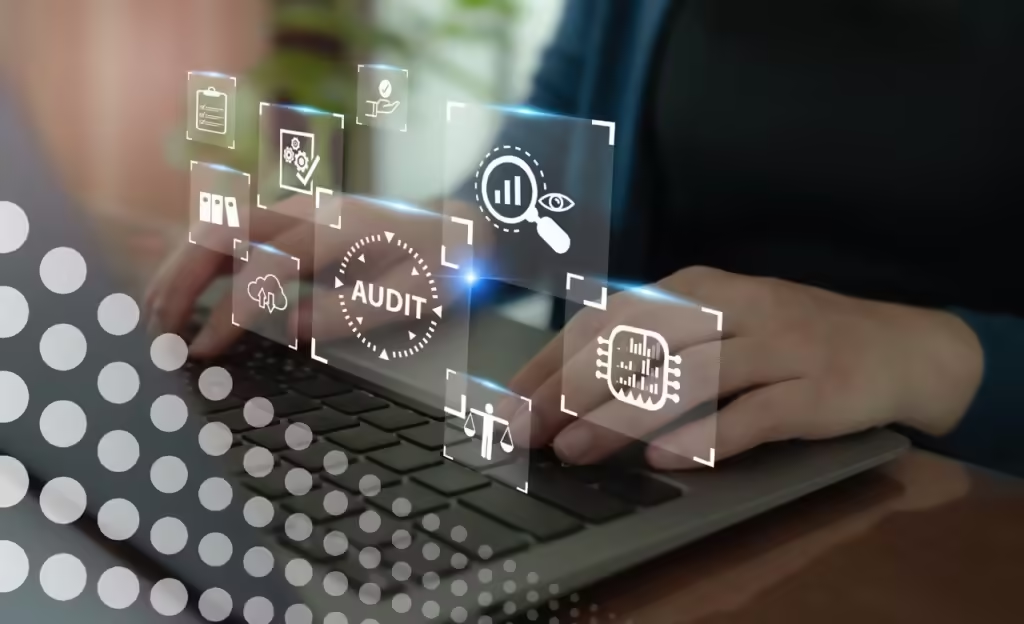
Understanding the NIST Risk Management Framework
What is the NIST Risk Management Framework?
The NIST RMF is a structured approach that assists organizations in managing their cybersecurity risks. It provides a set of processes and activities to help organizations categorize their information systems, select appropriate security controls, and monitor the effectiveness of these controls.
How does the NIST RMF enhance cybersecurity?
By following the NIST RMF, organizations can establish a robust cybersecurity posture based on risk management activities. This proactive approach enables organizations to identify, assess, and mitigate cybersecurity risks effectively, thereby enhancing their overall security resilience.
Key components of the NIST RMF
The NIST RMF comprises several key components, including risk assessment, security control selection, security control implementation, security control assessment, and security control monitoring. These components work together to help organizations effectively manage cybersecurity risks and maintain a secure environment.

Implementing the NIST Cybersecurity Framework
Steps to implement the NIST Cybersecurity Framework
Implementing the NIST Cybersecurity Framework involves several steps, such as identifying and prioritizing critical assets, aligning security controls with NIST guidelines, and continuously monitoring and updating security measures to address emerging threats.
Benefits of aligning with NIST cybersecurity guidelines
Aligning with NIST cybersecurity guidelines offers numerous benefits, including enhanced security posture, improved resilience against cyber threats, regulatory compliance, and increased stakeholder trust and confidence in the organization’s security practices.
Common challenges in implementing NIST cybersecurity measures
While implementing NIST cybersecurity measures is essential, organizations may face challenges such as resource constraints, lack of cybersecurity expertise, and evolving threat landscapes. Overcoming these challenges requires a proactive and holistic approach to cybersecurity management.

Risk Management in Critical Infrastructure
Why is risk management crucial for critical infrastructure?
Risk management is crucial for critical infrastructure as any disruptions can have far-reaching impacts on public safety, national security, and the economy. By proactively managing risks, organizations can prevent or minimize the impact of potential cyber threats.
Role of the NIST RMF in safeguarding critical infrastructure
The NIST RMF plays a vital role in safeguarding critical infrastructure by offering tailored guidance and security controls to address unique risks in sectors such as energy, transportation, and healthcare. Organizations can leverage the NIST RMF to enhance their cybersecurity readiness and resilience.
Addressing unique risks in critical infrastructure through NIST guidelines
NIST guidelines help critical infrastructure entities identify and mitigate sector-specific risks such as supply chain vulnerabilities, aging legacy systems, and interconnected dependencies. By adhering to NIST guidelines, organizations can strengthen their cybersecurity defenses and protect critical assets.

Enterprise Risk Management with NIST Framework
Integrating NIST guidelines into enterprise risk management
Integrating NIST guidelines into enterprise risk management allows organizations to align their cybersecurity efforts with overall risk management practices. By adopting a cohesive approach, organizations can effectively manage cybersecurity risks while enhancing their enterprise-wide resilience.
Leveraging the NIST framework for comprehensive risk management
The NIST framework provides a comprehensive approach to risk management, encompassing both cybersecurity and overall enterprise risks. By leveraging the NIST framework, organizations can identify interdependencies, prioritize risks, and implement proactive measures to mitigate potential threats.
Best practices for enterprise risk management according to NIST
NIST emphasizes the importance of continual risk assessment, stakeholder engagement, information sharing, and response planning in enterprise risk management. Following these best practices can help organizations enhance their risk management capabilities and adapt to evolving cybersecurity challenges.

Enhancing Information Security through NIST Guidelines
How NIST guidelines help organizations categorize sensitive information
NIST guidelines provide a structured approach for organizations to categorize sensitive information based on its impact and criticality. By categorizing information effectively, organizations can apply appropriate security controls and safeguard sensitive data from unauthorized access or disclosure.
Implementing NIST practices to safeguard information security
Implementing NIST practices enables organizations to strengthen their information security posture by adopting industry-recognized security controls, best practices, and risk management processes. This proactive approach helps organizations stay ahead of emerging threats and protect their valuable information assets.
Utilizing artificial intelligence in alignment with NIST cybersecurity recommendations
Artificial intelligence (AI) can enhance cybersecurity capabilities by automating threat detection, incident response, and risk analysis processes. When aligned with NIST cybersecurity recommendations, AI technologies can help organizations improve their incident response times, enhance threat intelligence, and bolster overall security resilience.

